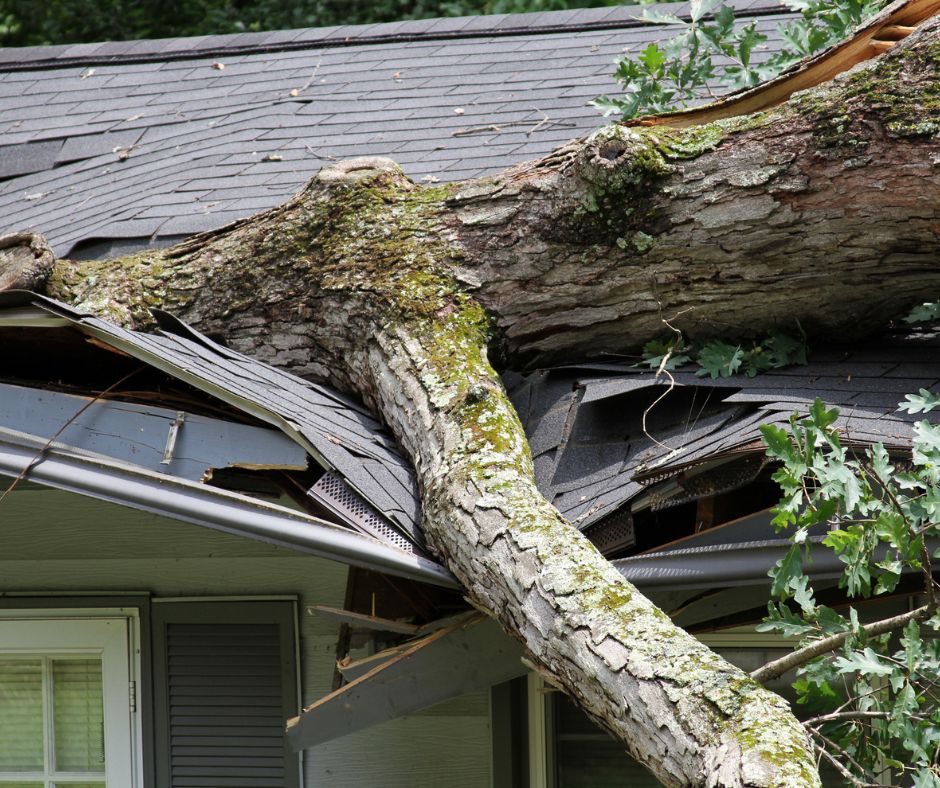
Living in Wisconsin and Minnesota, we're all too familiar with the unpredictable weather—from heavy snowfalls to intense summer storms. These conditions can take a toll on our homes, making understanding how homeowners insurance can protect us from storm-related damages important.
Understanding storm damage and insurance coverage
Most standard homeowners insurance policies cover damage caused by perils such as wind, hail, lightning, and fire. For example, if a windstorm tears shingles off your roof or hail cracks your siding, your policy typically helps pay for repairs. Additionally, if a storm leads to water damage inside your home — say, rain enters through a broken window — your personal property coverage may assist in replacing damaged belongings.
However, it's critical to note that standard policies often exclude certain types of damage. Flooding, for example, is not covered and requires a separate flood insurance policy. Given the risk of spring floods from melting snow in our region, considering this additional coverage is wise. Similarly, damage from sewer or drain backups usually isn't covered unless you've added specific endorsements to your policy.
How to boost your storm damage insurance protection
To ensure you're adequately protected, start by reviewing your current policy. Understanding what's included — and what's not — can help you identify gaps in coverage. If you find areas lacking, consider discussing additional coverages with your insurance agent. Options like flood insurance or sewer backup coverage can provide peace of mind, especially if you live in areas prone to these issues.
Maintaining an up-to-date inventory of your possessions is also helpful. In the event of a claim, having detailed records can streamline the process and ensure you receive appropriate compensation. Regular property maintenance, such as cleaning gutters and inspecting your roof, can prevent damage and may influence how your insurance responds to claims.
What to do after storm damage occurs
If your home suffers storm damage, acting promptly can make a significant difference. First, document the damage thoroughly with photos or videos. This visual evidence will be invaluable when filing a claim. Next, make temporary repairs to prevent further issues — cover broken windows or place tarps over damaged roofs. Keep all receipts for these repairs, as your insurance may reimburse you. Then, contact your insurance company promptly to start the claims process. Timely reporting can expedite assessments and repairs, helping you get back to normal as quickly as possible.
Avoid this common mistake
One of the most common mistakes homeowners make when it comes to storm damage insurance is assuming that their standard policy covers every type of damage. Many homeowners don't realize that flooding, sewer backups, and even certain types of wind damage might require additional coverage. This false sense of security often leads to financial strain when unexpected damages occur. Reviewing your policy regularly and discussing potential gaps with your insurance agent is critical to avoid costly surprises after a storm.

